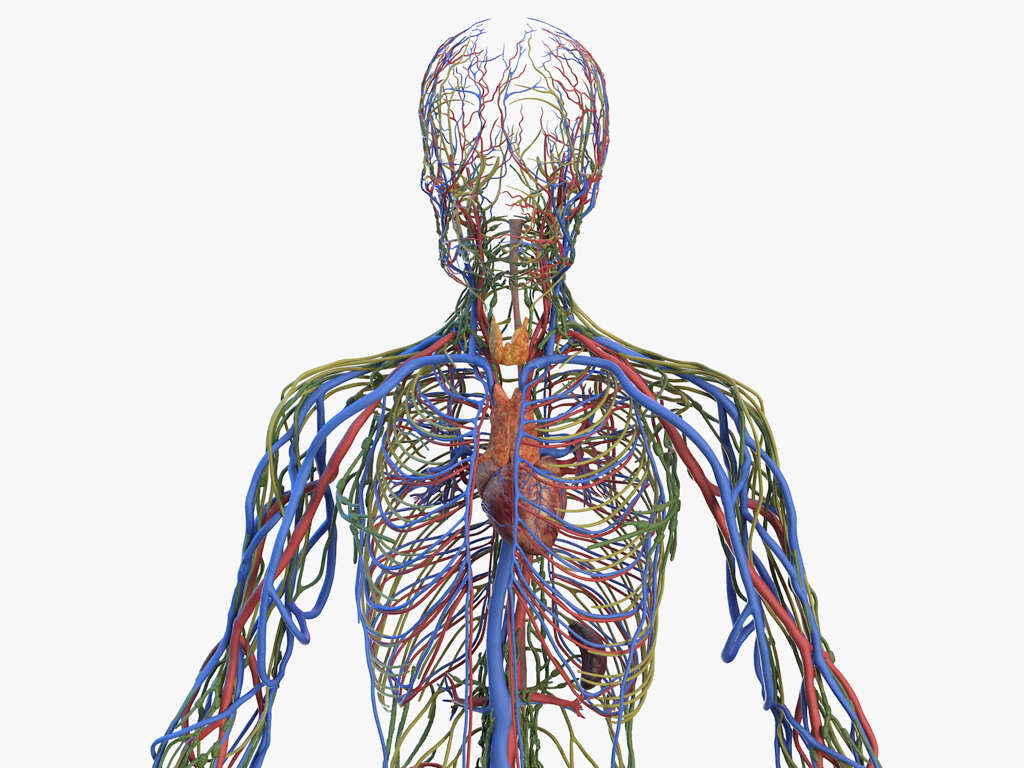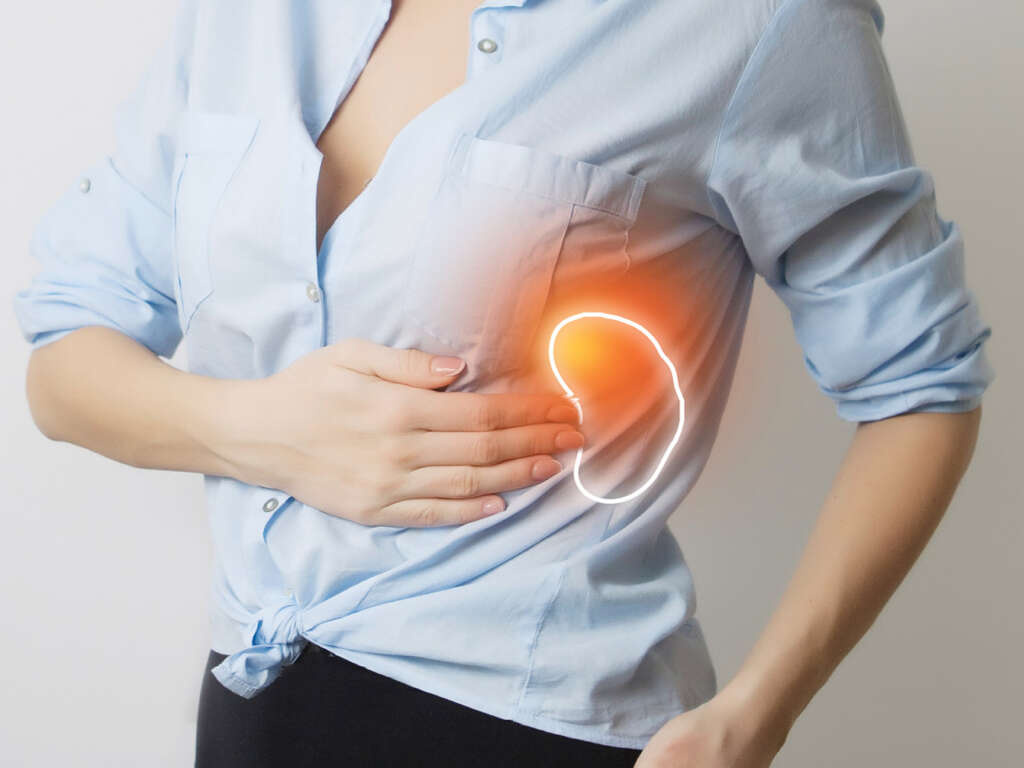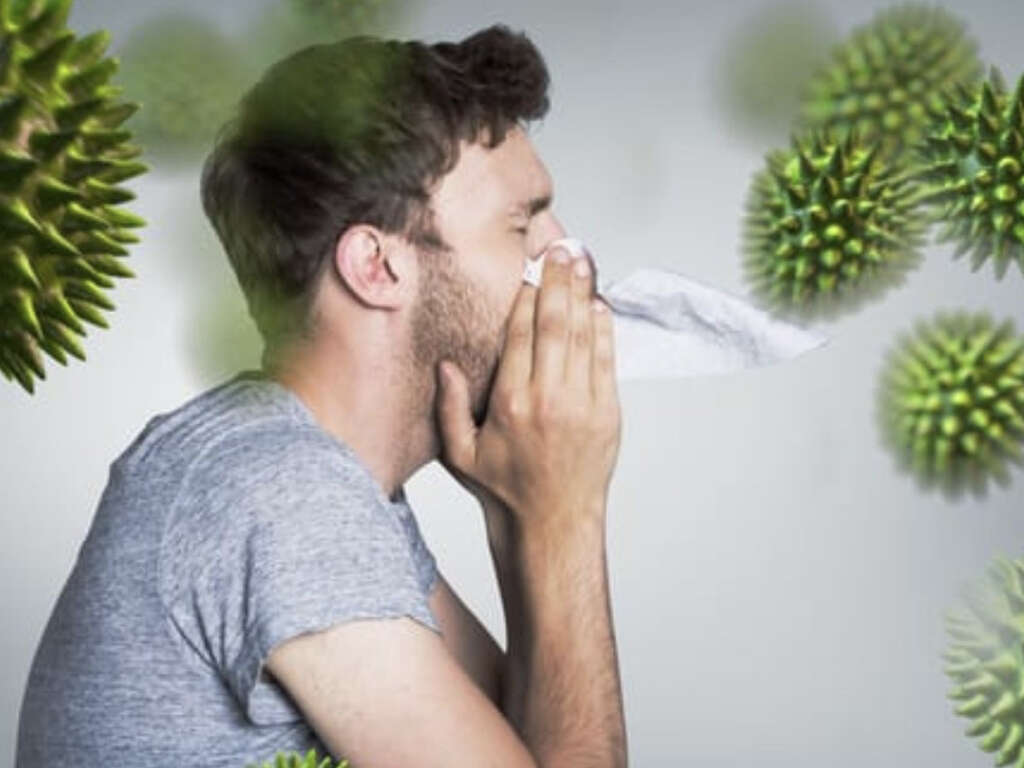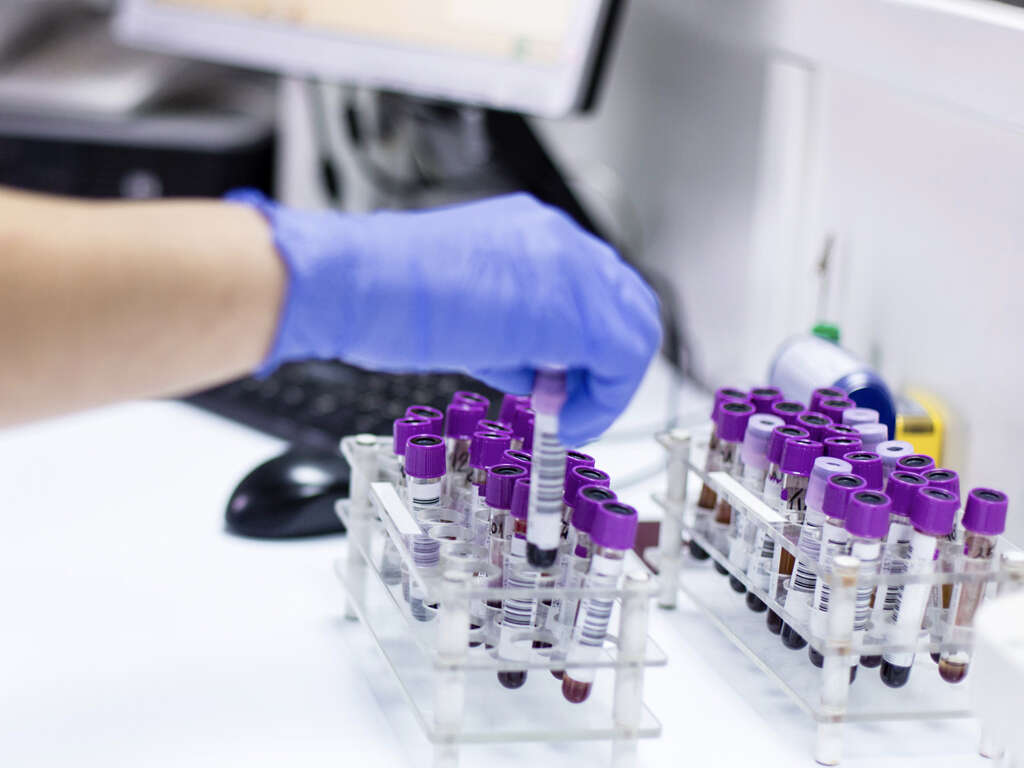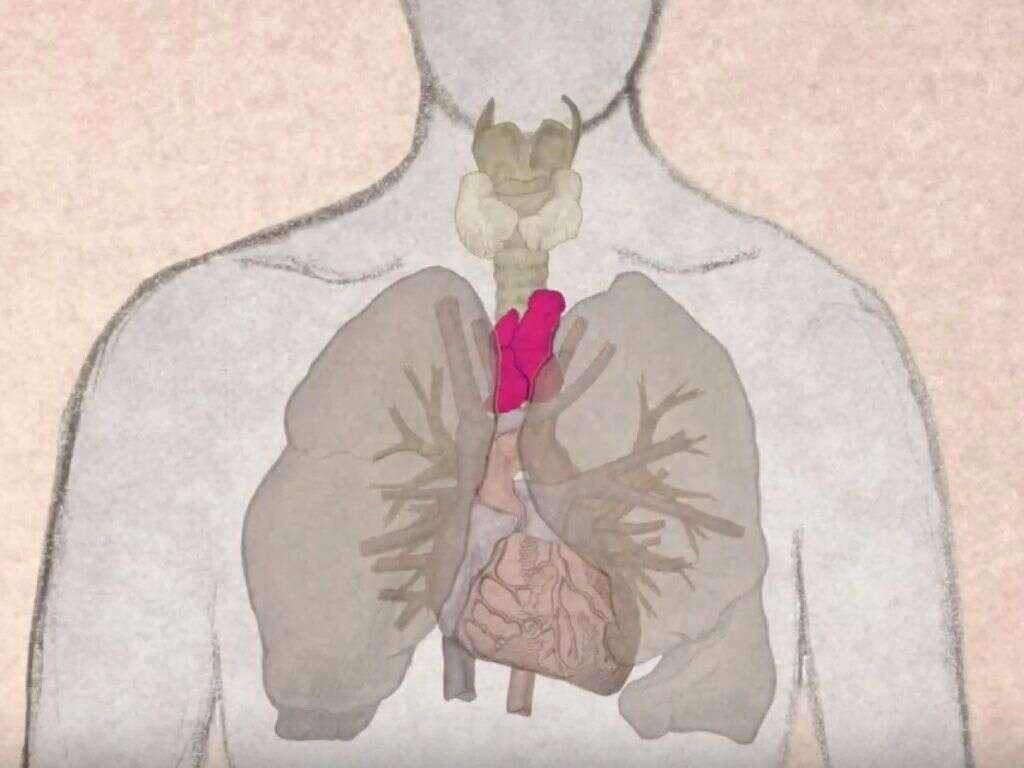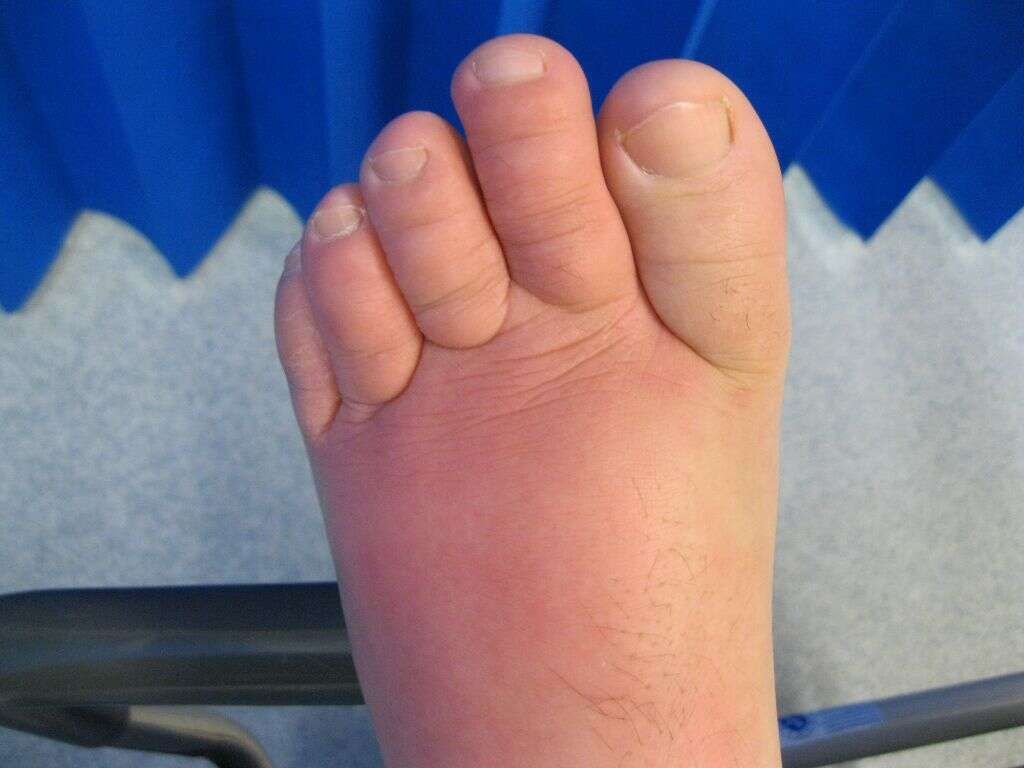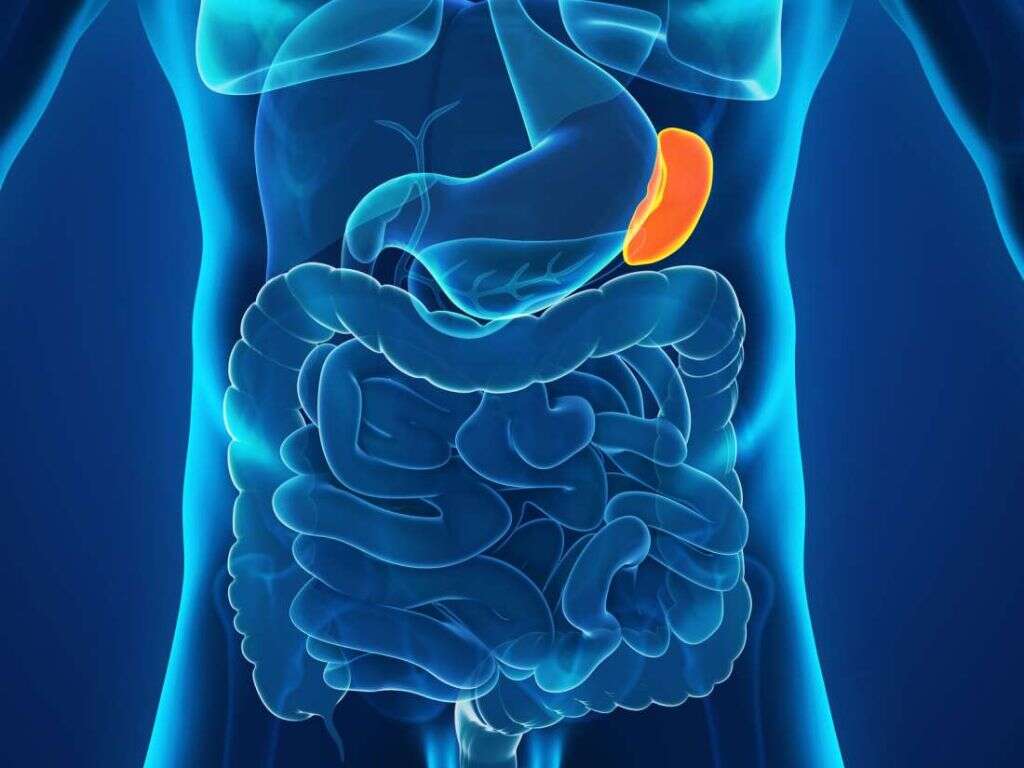What Is the Lymphatic System?
Despite us being almost constantly surrounded by pathogens that could make us ill, most people don’t get sick at all often. This is thanks mainly to some impressive natural defenses that help to keep us safe, and these defenses are known collectively as the immune system.
A key component of the immune system is the lymphatic system, and it helps ensure that the blood remains clean and free from unwelcome intruders. We don’t usually know it is even there, but it can become more noticeable when there is a potentially serious threat to the body. The lymphatic system serves the whole body and it is made up of different parts.
1. Lymph
The lymphatic system gets its name from the fluid that runs through it: lymph. This fluid contains a high number of lymphocytes, which are a type of white blood cell. Lymphocytes include B cells and T cells, both of which are “killer” cells that seek out intruders and attack them.
In addition to attacking unwelcome intruders, these cells also have the job of destroying cells that are abnormal or damaged in some way. This helps to protect the body against cancer in addition to protecting us from pathogens. This fluid can be found running throughout the body in the network of vessels that are known collectively as the lymphatic system.
2. The Lymphatic System
The lymphatic system is similar to the cardiovascular system in many ways, but there are some key differences. Perhaps the most obvious difference being that it carries white blood cells around the body instead of red blood cells. Another key difference is how the fluid is circulated. Whereas blood is circulated with help from the heart, the lymphatic system does not have a pump to move it around.
Instead, lymph circulates around the body with help from the movement of our muscles when we move and breathe. This helps to ensure that the lymph remains fresh, and that pathogens are taken to where they can be dealt with.
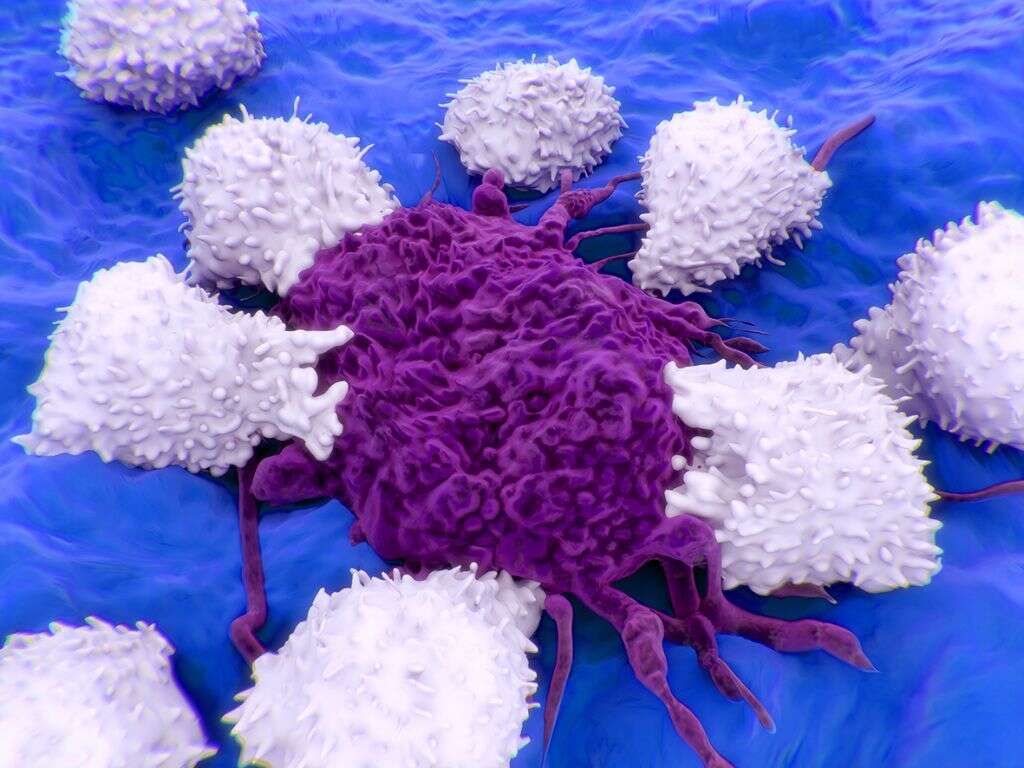
3. Tissue Fluid
The smallest blood vessels in the body are known as capillaries. Their walls are so thin that blood cells and other molecules are able to pass through, bathing muscle and other tissues. This is how the body is able to feed the body’s cells with the oxygen and nutrients that it needs.
At this stage, the blood becomes what is known as tissue fluid. While bathing the body’s tissues, the tissue fluid will pick up waste products, spent or damaged cells, and pathogens. The tissue fluid will then drain into the lymph vessels, where it can be carried to the lymph glands.
4. Lymph Glands
The lymph glands are where a lot of the work is done. These small glands house a lot of white blood cells and, when the lymph passes through the glands, the pathogens it carries are immediately attacked by the white blood cells that are present there. From here, the lymph continues to move along the lymphatic system, with smaller branches meeting others to form larger branches.
There are a number of lymph glands in the body. They are located in the armpits, the groin, the neck, the tummy, and in some other places. We tend not to notice they are there, at least that is, until we fall ill.

5. Thoracic Duct
As the lymph moves along the lymphatic system in the increasingly large lymphatic vessels, it comes to one of the largest of them all: the thoracic duct. Through here, approximately 75% of all of the lymph will pass. It is at the thoracic duct that the lymph will be drained into the circulation of the blood.
Once in the circulation, the lymph will then be taken to the appropriate organ. Here, waste products can be processed, and then moved to the bladder or kidneys where they can be expelled from the body. This system helps to keep the body free from toxins.
6. Lymphadenopathy
Lymphadenopathy is the term used when the lymph node becomes swollen and, in many cases, the swelling is very noticeable from the surface. This occurs when there is a threat in the body and the lymphatic nodes have to work harder in order to deal with it. White blood cells and lymph begin to accumulate in the glands, so the glands grow larger.
There are numerous things that can result in the lymph glands swelling like this, and it is not dangerous in itself. Sometimes, though, it is a sign that the patient has a serious medical condition and, in some cases, this means cancer.

7. Cancer Cells
When a cancer forms, cancer cells will sometimes break away and flow through the circulatory system. This is problematic because the cell will eventually settle somewhere and this will often result in a new cancer forming. Thus, it is often very important that medical professionals are able to get an idea of just how far cancer has spread.
As they flow through the lymphatic system, these cancerous cells will often get stuck in the nearby lymph nodes. This means that the lymph nodes are often the first place that doctors will look when checking for the spread of a cancer.
8. The Thymus
The thymus is a small gland that is located just beneath the sternum. It is larger in children but it begins to shrink when people reach adulthood in a process known as thymic involution. It is usually little more than a small mass of fatty tissue by the time people reach old age. Regardless, it is still a very important part of the lymphatic system.
When functioning, the job of the thymus is to produce progenitor cells. When matured, these cells turn into T cells. The thymus grows smaller because, instead of new T cells being made, existing T cells will divide instead to maintain their numbers, while they can also be produced in the bone marrow.
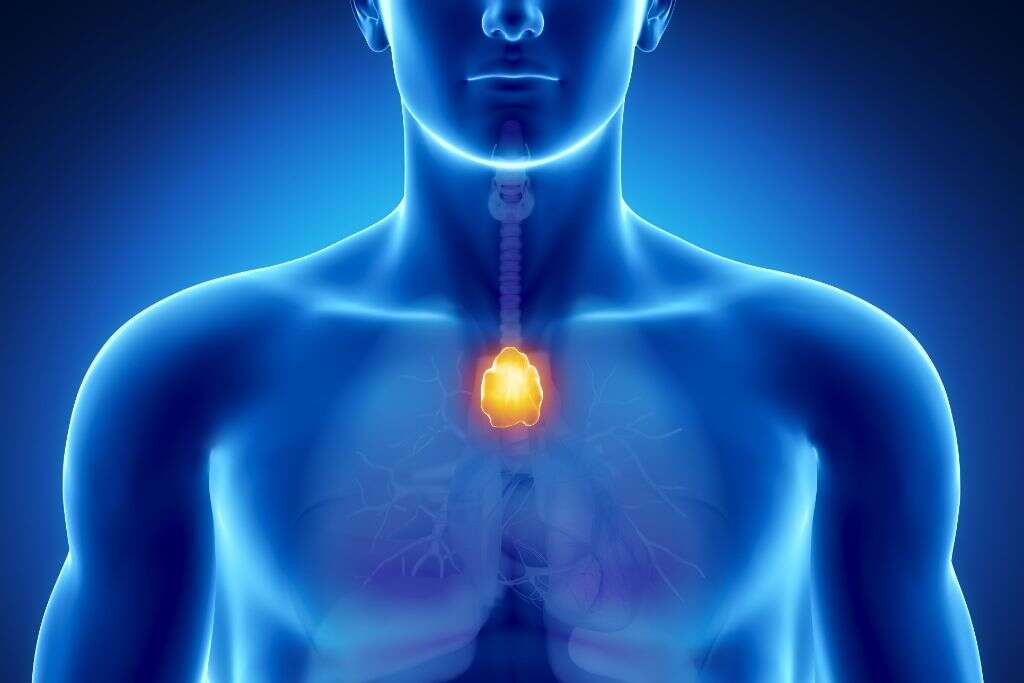
9. The Spleen
The spleen is another very important component of the lymphatic system and it is located on the left side of the body and just beneath the ribs. It is made from two types of tissue: white pulp and red pulp. As a part of the immune system, it performs functions that help to keep the body safe from pathogens.
The red pulp has the task of recycling old and damaged red blood cells. The white pulp has the task of tackling any pathogens that pass through the spleen.
10. The Tonsils
The tonsils are perhaps the best-known part of the entire lymphatic system, and many of us have had difficulties with them at some point in our lives. Often when we were young. They are located at the back of the mouth and help to protect the lungs and the digestive system from unwelcome intruders.
The tonsils are prone to becoming infected, often resulting in a very sore throat and other unwelcome symptoms. They are not essential to us, however, and they are sometimes removed altogether if they are particularly bothersome. In the nasal cavity are the adenoids, which are another type of tonsil.




